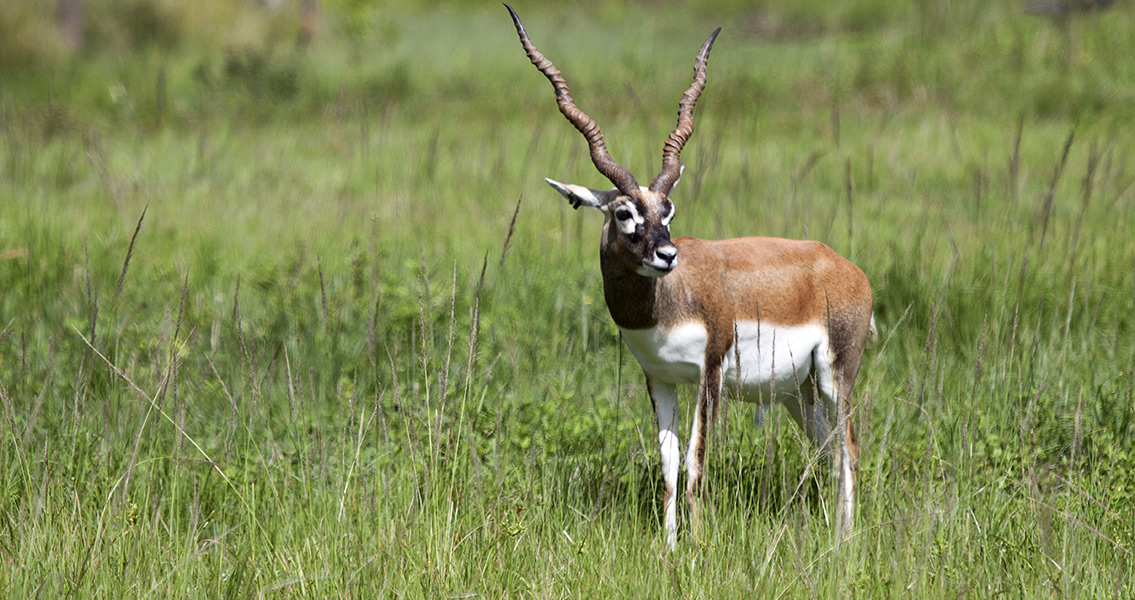<![CDATA[A new study, recently published by the Proceedings of the National Academy of Sciences, has brought into question the idea that periods of massive, sudden climate change coincided with the major stages in mammalian evolution, including that of humans. Titled "Continuous evolutionary change in Plio-Pleistocene mammals of eastern Africa", the study argues that evolution is driven as much by long term trends as it is by turnover pulses - sudden periods of speciation and extinction linked to dramatic climate change. Its authors, Faysal Bibi and Wolfgang Kiessling, focused on the eastern African Plio-Pleistocene mammalian fossil record to conclude that "most species originations and extinctions took place continuously and gradually." The basis of the study was a large specimen database of African Bovidae (antelopes) and Turkana Basin large mammals. Speaking to New Historian, Bibi explained the conclusion reached in the study; "Our study was focused on a very small chunk of time, just a few million years of eastern African history. What we showed is that there were probably no large, sudden climatically-induced faunal changes in eastern Africa in this time period, which is when we evolved to become human." Bibi and Kiessling's study does not deny the fact that dramatic climate change triggers major turnover of species (i.e. a heightened rate of species origination and extinction). "Large, sudden environmental changes do produce major turnover. This we know from the fossil record, and the effects are normally catastrophic at first." Bibi told New Historian. Rather, the results of the study suggest that during the period we evolved to be human there were no large, sudden climate change events. We evolved gradually, matching a gradually changing climate. Bibi told New Historian that his initial hypothesis had been that the tests would reveal substantial peaks of turnover which coincided with global climate change events. A variety of methods were deployed to examine the extensive fossil record at the scientist's disposal. Where previous studies had used raw fossil data to analyse turnover pulses, Bibi and Kiessling instead took advantage of recently developed techniques to compensate for biases in the sampling quality of the fossil record. They then expanded their study to take in additional factors, but all the data pointed to the same conclusion. "After we examined turnover, we looked at occupancy, then body size and relative faunal abundances, and the results all said the same thing - the African Pliocene and Pleistocene fossil record contains long term evolutionary trends, but few or no events that might be called 'turnover pulses' on the order of a few 100,000 years." The two biologists did find evidence of one turnover pulse between 2 and 1.75 million years ago. Bibi offered two possible explanations for this. The first was the inception of the Walker Circulation, the atmospheric pattern used to explain the gradients of temperatures in the tropics. However, he pointed out that drawing such a connection would be highly speculative, and the appearance of the turnover pulse could just be an anomaly of the fossil record. "(the Walker Circulation idea) is still highly speculative and given how previous links of this nature have been falsified with improved fossil and paleoclimate data, I'm skeptical this one will hold up." Kiessling and Bibi's study ultimately suggests turn over pulses connected to climate change were exceptions rather than the norm. Pointing out that the techniques the study used were in fact developed to test much larger data sets, Bibi believes that there is a growing consensus that evolution on the 100,000 and million year scale was driven as much by biotic issues as environmental. " I think this is the way the field will go in the next years, and, as the techniques and data develop, we should be hearing more about the influence of biotic (rather than just climatic) interactions on human evolution." For more information: www.pnas.org Image courtesy of Wikimedia Commons user: TomFawls]]>
Study Looks at Continuous Nature of Evolution
